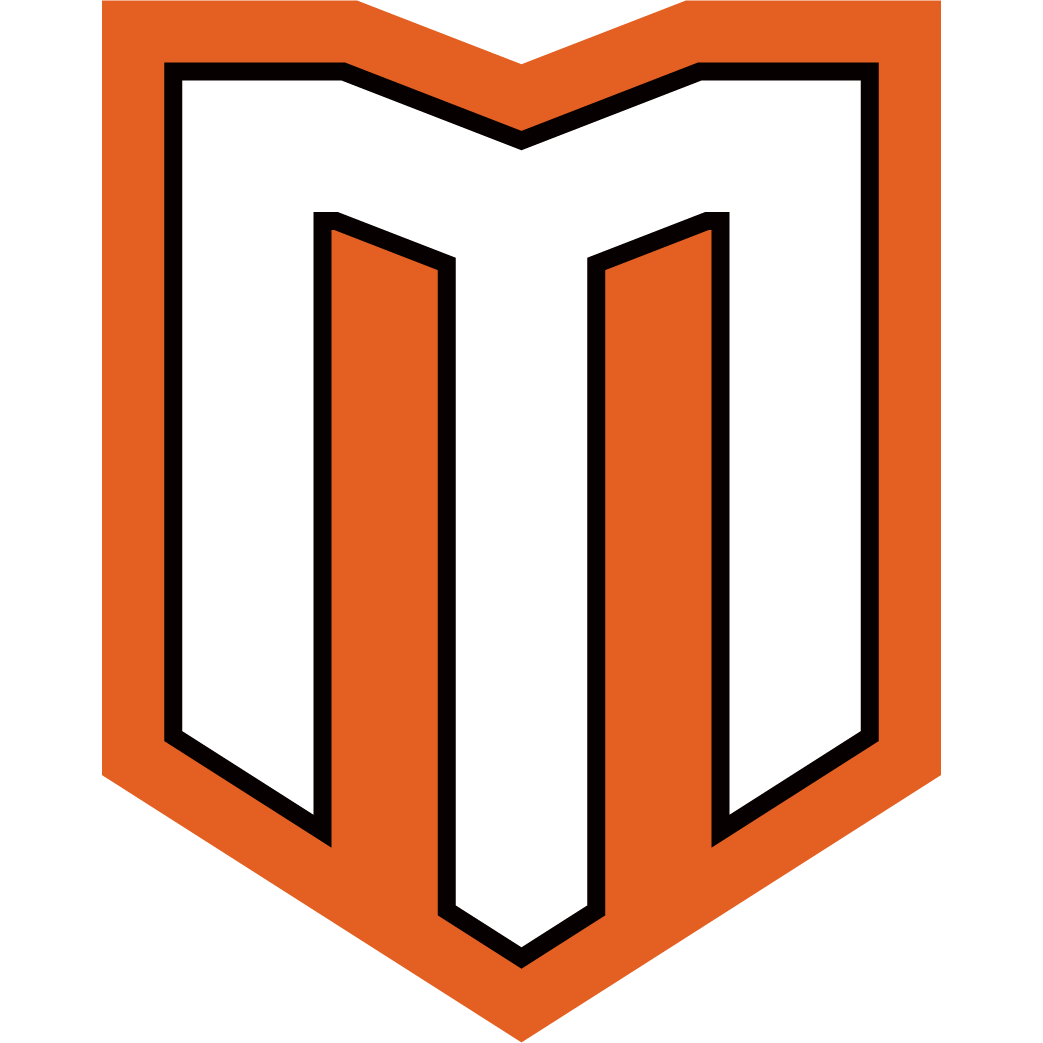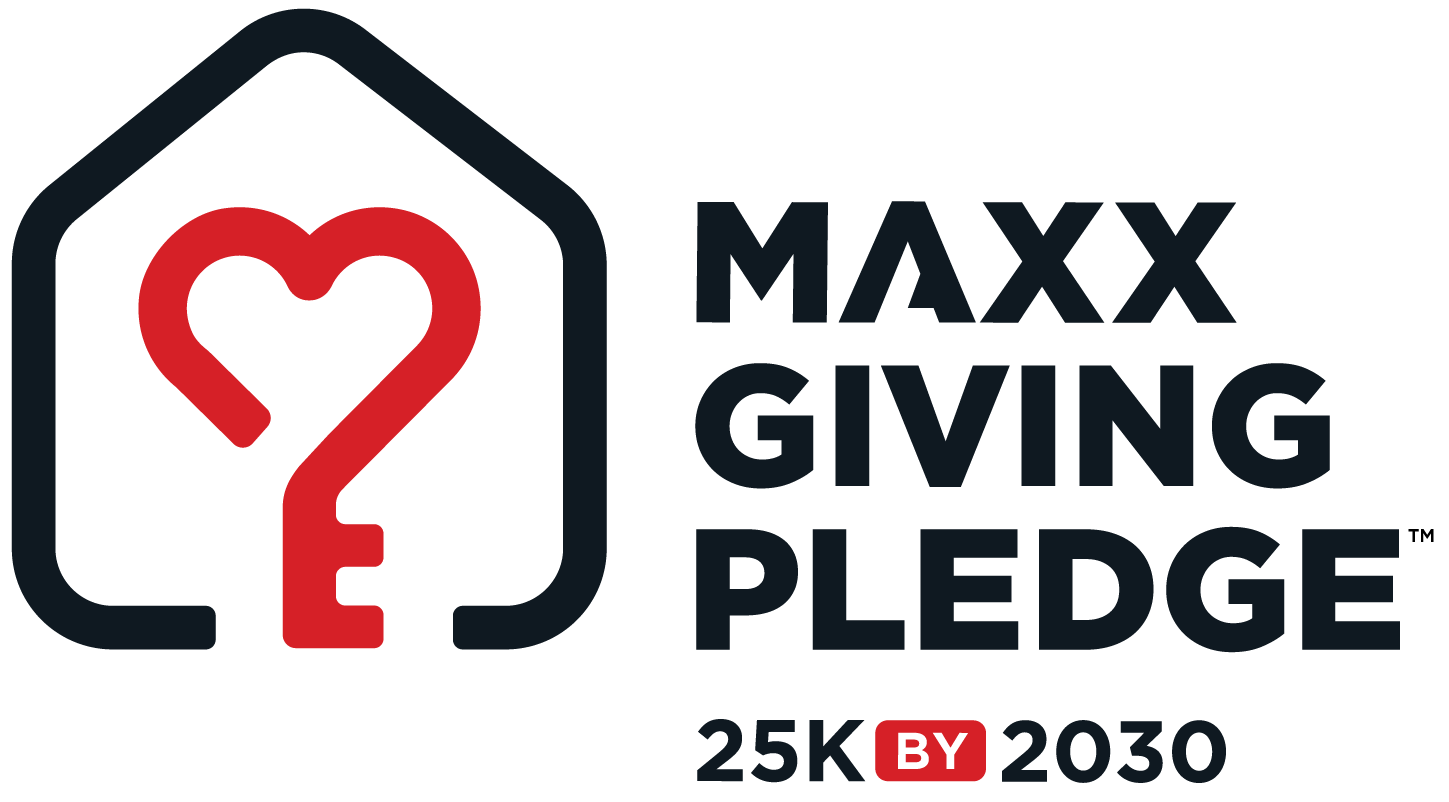
Standing Seam Metal Roof – Benefits, Lifespan & Installation Tips
Metal roofs have become increasingly popular for their modern aesthetic, durability, and impressive longevity. Unlike traditional roofing materials that may require replacement every couple of decades, a well-installed metal roof can protect your home for a remarkably long time. Property owners frequently ask: How long does a metal roof last? The answer is often measured not in decades, but in a spectrum of time ranging from 40 to 100 years or even more, depending on the specific metal, coating, and environmental conditions. This extended lifespan makes metal roofing a significant long-term investment.
Lifespan range by material: Steel, aluminum, copper, tin
The type of metal used is the most significant factor in determining its expected lifespan.
Steel (Galvanized/Galvalume):
Lifespan: Commonly lasts 40 to 70 years.
Description: The most common and affordable metal roofing material. Steel is coated with zinc (galvanized) or a mixture of aluminum and zinc (Galvalume) for corrosion resistance. These often feature high-performance paint coatings (like Kynar 500®) for added protection and color stability. Standing seam steel roofs tend to last longer (50-75 years) due to concealed fasteners, while exposed fastener systems (like corrugated) might last 20-30 years without specific maintenance on fasteners, or up to 50 years with maintenance.
Aluminum:
Lifespan: Typically lasts 50 to 80 years.
Description: Lighter than steel and naturally highly resistant to rust and corrosion, making it an excellent choice for coastal areas with salt-laden air. It's often painted with durable finishes similar to steel.
Copper:
Lifespan: Can last 100 years or more, often outliving the structure it protects.
Description: A premium roofing material known for its exceptional durability, natural corrosion resistance, and distinctive aesthetic. Copper develops a beautiful green-blue patina over time, which further protects the metal. It is significantly more expensive but offers unparalleled longevity and beauty.
Zinc:
Lifespan: Similar to copper, zinc roofs can last 80 to 100 years or more.
Description: A high-end material that is naturally corrosion-resistant and develops a protective patina. Zinc is self-healing, meaning small scratches can "heal" over time as the patina reforms. Like copper, it's a significant investment.
"Tin" (Modern Interpretation):
Historically, "tin roofs" were terne-coated steel. Today, the term often colloquially refers to corrugated or standing seam roofs made from galvanized or Galvalume steel. Their lifespan would fall under the "Steel" category, typically 40-70 years with modern coatings.
Environmental & climate impact
The environment in which a metal roof is installed plays a significant role in its longevity.
UV Exposure: Intense, prolonged sunlight can gradually degrade paint coatings, leading to fading and chalking over many decades. High-quality coatings are designed to resist this, but constant exposure will eventually cause some wear.
Temperature Extremes and Fluctuations: Metal roofs are designed to handle wide temperature swings, expanding in heat and contracting in cold. However, extreme and rapid changes over many years can put stress on fasteners and panel connections. Standing seam roofs are better equipped to handle this movement due to their concealed fastening systems.
Moisture and Humidity: While metal is waterproof, prolonged moisture exposure can accelerate corrosion if the protective coatings are scratched or compromised. High humidity and coastal environments with salt air are particularly harsh on unprotected steel. Aluminum, copper, and zinc offer superior resistance in these conditions.
Hail and Wind: Metal roofs are highly durable against hail and wind. Most are Class 4 impact resistant (highest rating) against hail and can withstand very high winds when properly installed. However, extreme events can still cause dents or, in rare cases of severe wind, panel uplift if fastening systems are compromised.
Pollution: In areas with high industrial pollution, airborne chemicals can contribute to the degradation of paint finishes or even the metal itself over very long periods.
Trees and Debris: Overhanging tree branches can cause abrasive wear on the surface coatings if they rub against the roof. Accumulation of leaves and other organic debris can trap moisture, leading to localized corrosion or staining.
Maintenance, coating & paint role in longevity
Proper maintenance and the quality of protective coatings are critical for achieving the maximum lifespan of a metal roof.
Protective Coatings (Paint Finishes):
Primary Defense: The factory-applied paint finish (e.g., PVDF/Kynar 500®, SMP) is the most critical component for a metal roof's longevity (especially for steel and aluminum). This coating provides the primary barrier against UV degradation, corrosion, fading, and chalking.
Durability: High-performance coatings are multi-layered and engineered to resist weathering for decades, maintaining both the aesthetic appeal and protective function of the roof. Without these coatings, steel would rust rapidly.
Impact on Lifespan: The integrity of this coating directly correlates with the roof's overall lifespan. Once compromised over large areas, the underlying metal becomes vulnerable.
Maintenance Practices:
Regular Cleaning: Keeping the roof free of debris (leaves, dirt, branches) prevents moisture retention and potential abrasion. Gently washing the roof with a mild soap and water solution can maintain its finish.
Gutter Maintenance: Clear gutters and downspouts are essential to prevent water backup and overflow, which can cause prolonged moisture exposure to the roof edges.
Prompt Repair of Scratches/Damage: Any deep scratches that expose the bare metal should be touched up immediately with manufacturer-approved paint to prevent rust. Dents or larger damage should be assessed by a professional.
Fastener Inspection (for exposed fastener systems): For corrugated or other exposed fastener roofs, periodic inspection and re-tightening or replacement of screws (especially those with degraded washers) are vital to prevent leaks and extend life.
Professional Inspections: Annual or bi-annual professional inspections can identify minor issues before they become significant problems, allowing for timely, cost-effective repairs.
Warranty expectations
Metal roof warranties are robust and reflect the expected longevity of the material, but it's crucial to understand their terms.
Manufacturer Material Warranty:
Duration: Typically ranges from 20 to 50 years, with some premium products offering "Limited Lifetime" warranties (often capped at 50 years for the original owner).
Coverage: These warranties generally cover manufacturing defects, such as significant rust-through, and performance of the paint finish against excessive chalking, fading, or peeling.
Proration: Some warranties are prorated, meaning the coverage amount decreases over time.
Paint/Finish Warranty:
Duration: Often a separate warranty, usually 25 to 40 years, specifically for the paint system's integrity against chalking, fading, and delamination.
Workmanship Warranty:
Duration: Provided by the roofing contractor, these can range from 1 to 25 years or more.
Coverage: This is critical, as most metal roof problems stem from improper installation (e.g., loose fasteners, improper flashing, poor seam sealing). A strong workmanship warranty from a reputable installer offers significant peace of mind.
Exclusions: Warranties typically do not cover damage from severe acts of nature (unless specifically rated for wind/hail), improper maintenance, unauthorized modifications, or damage from dissimilar metal contact. Many require proper roof ventilation to remain valid.
Always review the specific warranty document carefully, understanding what is covered, for how long, and any conditions for maintaining validity (e.g., registration, maintenance).
When replacement may still be required
Even with their exceptional longevity, there are situations where a metal roof may eventually require replacement, or significant repair, rather than simple maintenance.
Widespread Coating Failure & Corrosion: If the protective paint coating has failed extensively (beyond minor touch-up) leading to widespread rust or corrosion that compromises the structural integrity of multiple panels. This usually happens only after many decades.
Repeated Leaks: If persistent leaks continue despite professional repairs, it may indicate a systemic failure of the roof system due to widespread sealant degradation, panel fatigue, or underlying structural issues.
Severe Unrepairable Damage: Catastrophic damage from extreme weather (e.g., hurricane-force winds causing multiple panels to detach, or falling trees creating large, irreparable punctures).
Significant Sagging or Structural Issues: If the metal roof itself is sagging or if there are underlying structural issues with the roof deck or framing that cannot be isolated and repaired. Metal roofs are highly durable, so sagging usually points to a more serious structural problem.
Obsolescence or Code Changes: Very rarely, local building codes might change to render an old metal roof non-compliant, necessitating replacement during a major renovation. Or, a property owner might simply desire a complete aesthetic overhaul.
Old Age (even for metal!): While metal roofs last a very long time, even copper and zinc will show signs of extreme age after 100+ years. Steel and aluminum roofs, even with proper care, will eventually reach the end of their design life, likely after 50-70 years.
A metal roof is a premium investment that offers unparalleled longevity and peace of mind. By choosing the right material, ensuring expert installation, and adhering to consistent maintenance practices, you can confidently expect your metal roof to protect your home for many decades to come. Masterpiece Roofing specializes in the professional installation, maintenance, and expert assessment of all types of metal roofing systems, ensuring your investment stands the test of time.
Considering the long-lasting benefits of a metal roof for your property? Contact Masterpiece Roofing today for a comprehensive consultation and a detailed estimate.
Office: 1248 Highland St, Holliston, 01746 MA
(508) 882-6080
Email: office@buttonmasterpieceroof.com
Site: www.masterpieceroof.com
Assistance Hours
Mon – Fri 8:00am – 4:00pm

